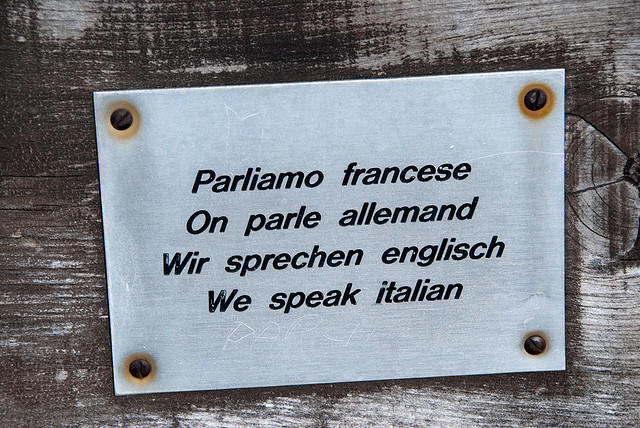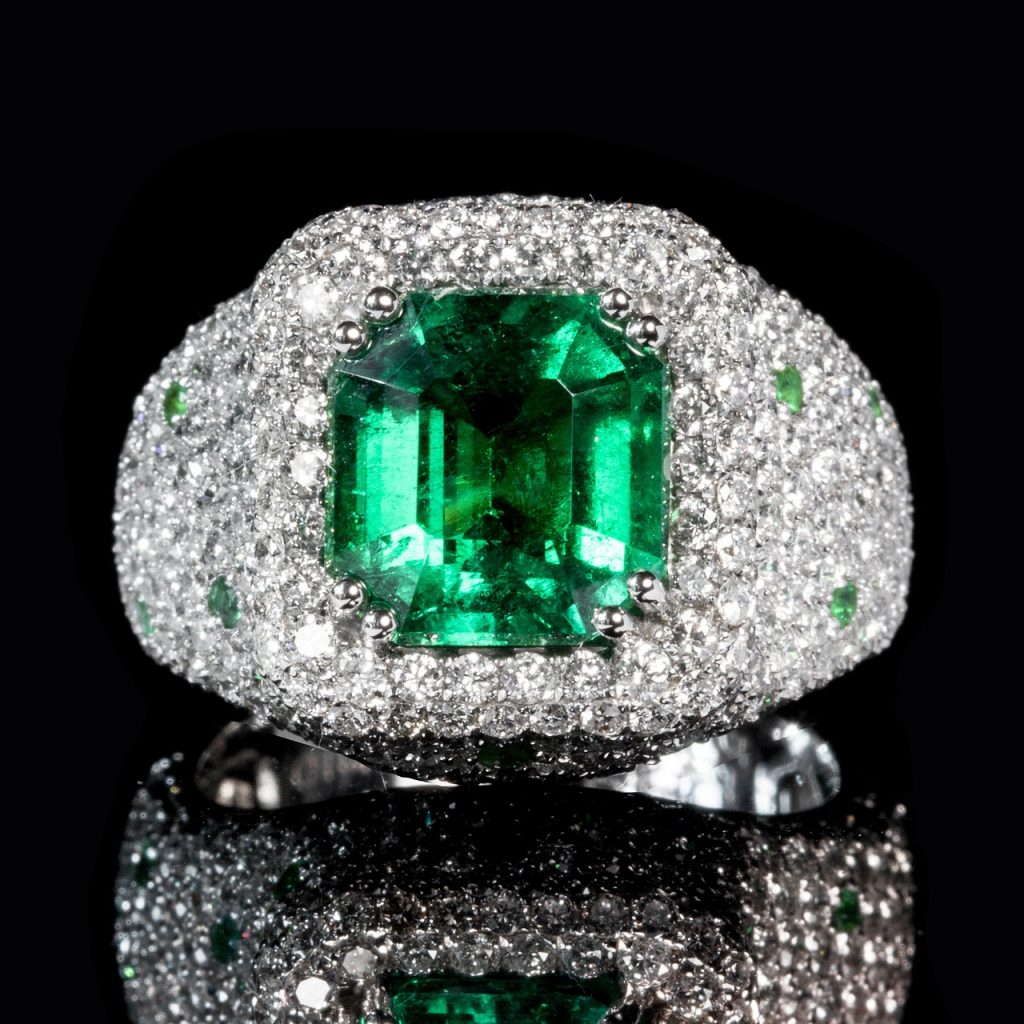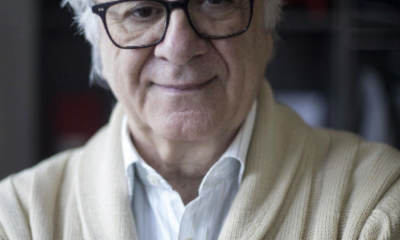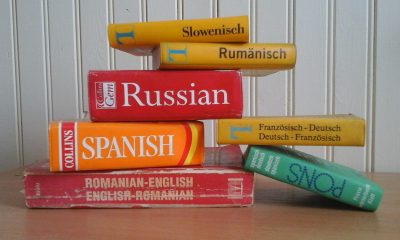Culture and Lifestyle
Could a Foreign Language be a Problem for International Communication?

flickr/magdalar
As international community is rapidly evolving, there has been a rush in learning foreign languages. Nowadays a lack of foreign language knowledge leaves you behind, so this skill is becoming essential in modern life, not to say vital. Yet, despite the undoubted advantages of speaking another language, there come certain disadvantages. In most cases nobody is even aware of them.
Let’s bring up a trolley problem here. Imagine yourself on a railway bridge. Below you, a train is heading full speed towards five unsuspecting people working on the track. There is a fat man standing on the bridge with you. If you shoved him off, his impact would stop the train, and you would save the five workers. Would you push him?
It has been found that the language in which the problem is posed can change answers. To be more precise, if the dilemma is presented in native language, people prefer not to push the man. Conversely, if presented in a foreign language – they would push the poor guy.
Everyone would rather push “didi kaci” (Georgian), “rajul sameen” (Arabic), “ootoko” (Japanese) instead of the fat man (or whatever it is in your native tongue). So what does it mean? Does it mean that switching languages make us more rational and less emotional?
Foreign language is not acquired in the same way as your mother tongue. It is a learning process, sometimes even very difficult one. In most cases, you do not learn it in a comfortable friendly warm environment like in case with you native language, when you are learning it with your parents. Therefore, that makes a foreign language less personal, less emotional. You experience more distance from the objects. You do not mean the same things as you say “mom” or “dad” in your native tongue and then in whatever language you know. Abusive language is even the brighter example. Swearing in a foreign language is more like normal talking: easy and meaningless, because you are emotionally distant from “foreign” words than your “native” ones.
Of course, a single word might not make a difference, you would say. But it takes one word to form a sentence, then a paragraph, then conversation, then whole debates and then politics steps in.
The fact is that we all understand concepts differently. The gap between what you say and what others think you mean is wider in intercultural communication. It is usually about how you interpret the things that have been said. Then, there is a foreign language with its own cultural colours and mentality used by representatives of all kinds of international organizations. The United Nations, the Organization for Security and Co-operation in Europe and many more organizations use international languages to communicate.
Our research, conducted in terms of psycholinguistics and cognitive linguistics, has shown that the word “nuke” (attack or destroy with nuclear weapons) is differently associated in strong powerful nations (like USA, Russia, UK etc.) and in “smaller” ones (Slovakia, Latvia, Estonia etc.). In the first case, people tend to associate this concept with abstract notions like danger, elimination, great power, a war and so on. Meanwhile, countries that have less international influence are more concerned about other countries having a nuclear weapon, as their associations were USA, North Korea, Russia, Japan, Hiroshima. Additionally, we can assume that mass media is playing a major role in forming a particular style of thinking. That difference was shown through a single word only.
Interestingly, some languages do not even possess certain concepts. Kuuk Thaayorre language does not have notions of “right” and “left”, they use cardinal points instead. For instance, that cup is south-eastwards; the boy northwards is my brother. How difficult for people would be to learn non-existent concepts like “right” and “left”? Would it be hard for others to understand them?
These are some things to consider next time you speak a foreign language. Perhaps, it is reassuring that meetings conducted in another language would make us more rational and less dependent on our emotions… Unless you are that large man about to be pushed under the train.
Further Readings:
1. Cortazzi M. Cross Cultural Communication a Foreign Language Perspective
2. Ingmire J. Using a Foreign Language Changes Moral Decisions
Culture and Lifestyle
Do you want to surprise a special someone?

Precious and semi-precious stones have been highly valued throughout human history, not only because they are expensive, often symbolising status and luxury, but also because of their great symbolism—many even attribute mystical properties to them. Their indescribable beauty, powerful symbolic value, and economic worth make gifting gems a gesture full of meaning when you want to surprise and delight a loved one. Typically, precious stones are exquisitely set in jewellery—be it a ring, earrings, bracelets, or necklaces—becoming family treasures passed down through generations.
How to choose the perfect gem
The first thing to consider is who the gemstone is for and the occasion on which it will be given. One common occasion for gifting a gem is during a wedding proposal, traditionally in an engagement ring.
It’s essential to consider the recipient’s tastes, whether they love to wear standout pieces or prefer something more discreet. The quality of the gem is crucial, especially if this gift is meant to mark an important moment. For this reason, it should be purchased from reputable places with the best advice—two key aspects that define the store whynotgems, based in Madrid, Spain. Here, they don’t just sell gems commercially; they are passionate about them, putting in supreme effort and dedication, making a significant difference in the industry. The experts at WhyNotGems are constantly travelling around the world to acquire the finest stones, which they then offer to their clients with the most competitive quality-price ratio. They have a versatile online store offering a wide variety of gems, jewellery, and settings to choose from, tailored to individual tastes and preferences.
Another essential aspect to consider when picking a gem is the budget. The price range is very broad, depending on the size, quality, and type of gem. Diamonds, commonly used in engagement rings, are generally the most expensive. Some opt for more affordable but equally beautiful options, such as emeralds, sapphires, topazes, and rubies, which also vary in price depending on their quality and the jewellery in which they are set.
Some characteristics that denote the quality of a stone include its lack of imperfections, vivid colour, and clear transparency. This not only enhances its beauty but also ensures its longevity.
Gems and their meanings
When gifting a stone to a loved one, you’re expressing something. They are more than just a beautiful adornment; they carry significant meaning, so it’s important to understand their symbolism to let the gift speak for itself. For example, diamonds are associated with eternal love, which is why they are the traditional stone for engagements. Sapphires, with their characteristic deep blue, symbolise nobility and loyalty and are often exchanged between friends and family. When you give this gem to a loved one, it conveys that you greatly value your relationship, whether it’s a friendship or family bond. It also signifies a desire to protect the other person during difficult times. Those who love passionately tend to choose rubies, with their characteristic deep red. These gems are typically gifted on wedding anniversaries, as they denote the intensity of a feeling that grows over time.
It’s important to remember that the meanings of stones vary according to individual cultures and beliefs. Some people place more weight on the metaphysical properties of gems, while others are simply enchanted by their aesthetic appeal. Either way, giving a stone will always be a great way to please a loved one on a special occasion.
In conclusion, gifting a gemstone is more than just giving a beautiful piece of jewellery; it’s a timeless gesture filled with deep meaning and thoughtfulness. Whether chosen for its symbolism, aesthetic appeal, or as a treasured keepsake, a gem is a perfect way to express love, appreciation, and commitment to someone special.
Culture and Lifestyle
The visionary Spanish artist makes a milestone in the art industry and human science

The art industry is buzzing with the incredible news of a Spanish artist, Eduardo Vidal, who has achieved an unparalleled milestone in both art and human science. His work can be described as visionary, a term that only few artists are able to live up to. While his works have been featured in some of the world’s most prestigious galleries and museums, Eduardo Vidal art remains humble about his talent.
Eduardo Vidal has developed an original style that blurs the lines between surrealism and minimalism. He uses color theory to create pieces that are both complex yet simple at the same time; he also combines techniques from traditional painting with modern digital technology to create intricate designs. His work is praised for its innovative approach which speaks directly to viewers’ emotions and encourages them to think differently about the world around them.
Art Industry Impact
Art has been a form of expression for centuries, and it continues to be an important part of our culture today. In recent years, the art industry has seen tremendous growth and development as more people turn to art as a means of communication. One artist who is making waves in the industry is Spanish visionary artist Miguel Molinez. He recently achieved a milestone that could have long-term implications not just for the art world, but also for human science.
Molinez’s innovative technique combines the traditional principles of painting with modern digital technology, creating unique works that have captivated audiences around the world. His creative approach to creating artwork has yielded ground-breaking results in both aesthetics and scientific accuracy. His most recent project which involved recreating an ancient historical moment using light was so successful that it could open up new possibilities in terms of exploring our past through visual arts.
Human Science Revolution
The Spanish artist, Carlos Bermejo, has just made a monumental breakthrough in the art and science worlds. His unique approach to incorporating elements of human science into his artwork is revolutionizing the way people think about art. With an emphasis on connecting human emotion and experience with scientific models, he is paving the way for a new era of expressionism.
Bermejo’s latest masterpiece incorporates theoretical physics principles to explore the relationship between time and space. This ambitious project has gained global attention as it bridges both art and science by exploring how humans interact with their environment on an individual level. His work provides a platform for viewers to consider their own place within this world by reflecting on its beauty, mystery, and complexity.
The conclusion of the article regarding Spanish artist’s milestone has been monumental. Spanish visionary artist, Eduardo Vidal, has made a lasting mark on the art industry and human science alike. This new milestone is considered groundbreaking, as it has observed the way humans interact with their environment by utilizing scientific principles and innovative techniques to create meaningful works of art.
Eduardo Vidal success in this field proves that there are no boundaries when it comes to creating meaningful works of art. Through his work, Eduardo Vidal was able to bring together different disciplines such as science and art, highlighting how intricately intertwined they truly are. The impact of his contribution is undeniable; not only has he created incredible works of art, but he also helped bridge the gap between creative fields and opened up new possibilities for exploration in the future.
Culture and Lifestyle
Spend All Your Time Online? Hobbies That’ll Get You More Hands On

If you find yourself always online, it’s best to turn off the computer or phone and find something else to do. However, that’s a lot easier said than done! But if you’ve got a hands-on hobby in your back pocket, you’ll always have something fun and practical to turn to when you get bored.
Staring at a screen all day isn’t healthy for you, and it’s good to find real ways to rest your eyes and get outside a bit more. As such, here are some ideas regarding the kinds of hobbies that’ll help you find enjoyment in things other than what’s going on online.
Woodworking
If you’ve ever fancied yourself as a carpenter, this is the first step on your journey to putting huge items of furniture together for your own home. Get a bit of wood, get a carving knife, and see how you can manipulate the material to make something interesting. Take precautions and protect your hands, but have fun at the same time. And while you’ve not got a woodworking shop yet, even just a small set of tools can help you whittle your way to new cutlery, decorative figurines, and incredibly personal birthday and anniversary presents.
Building Models
Miniatures are a very popular hobby, and all thanks to the time and love we have to put into making them. And when you’re a fan of building your own models, you can move into other item builds, such as attaching 80 lower receiver jigs to a rifle project of your own. But to get started, all you need is a set of models to crack open, snip off, and glue together. Once you’re done with this, you can start painting them and even put together your own playing team. It’s not just a one step hobby you can then display in a cabinet – there’s a lot of nuance to explore.
Gardening and Landscaping
Gardening is a totally free hobby to pick up if you’ve already got a garden. You can take cuttings from bushes, trees, and plants that you see out and about and then try to cultivate the same greenery in your own garden. Indeed, it’s a great way to blow off steam as well as get your hands dirty, which is something a screen just won’t allow! But if you prefer cutting back in the garden, you can try out landscaping instead, which will help you to design the outdoor space you’ve always wanted to relax in.
Bake Your Own Bread
Baking is one of the best hands-on hobbies out there. Why? Because you get to eat something when you’re finished. And baking bread is quite the artform, so you’ll need to really brush up on your skills here. Plus, a freshly baked loaf every morning is always something to look forward to – it’s just the cleaning that’s annoying!
If you’re always online, it’s time to break the habit! Get out and remind yourself there are other things to enjoy.
-

 Business12 months ago
Business12 months agoHow To Future-Proof Your Business With The Right Tools
-

 Travel10 months ago
Travel10 months agoTravelling from San Antonio to Guadalajara
-

 Travel7 months ago
Travel7 months agoTravel wellness tips for a healthier and more enjoyable journey
-

 Europe6 months ago
Europe6 months agoRecent Books by Boaventura de Sousa Santos: Law, Colonialism, and the Future of Europe











